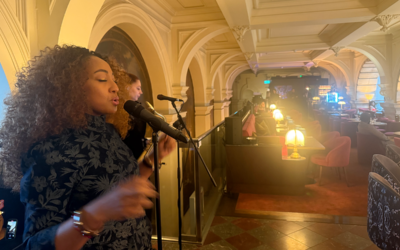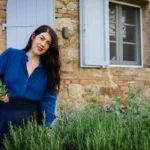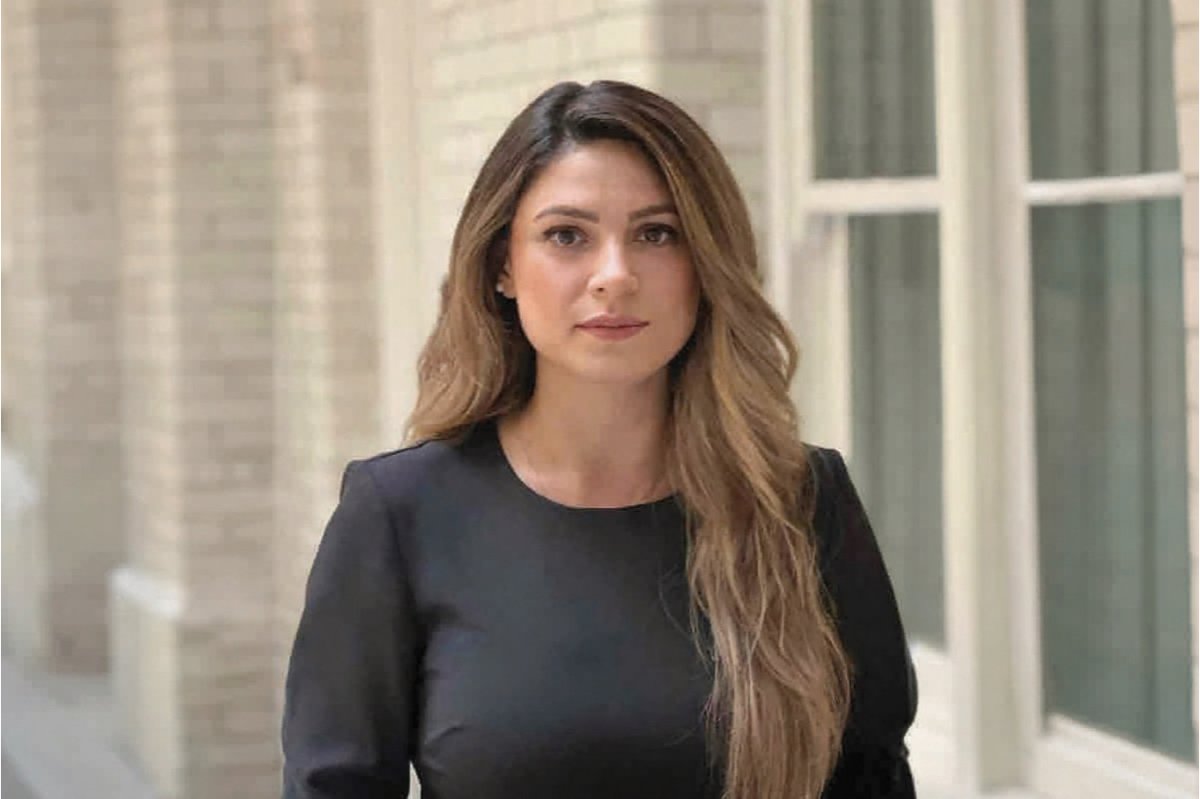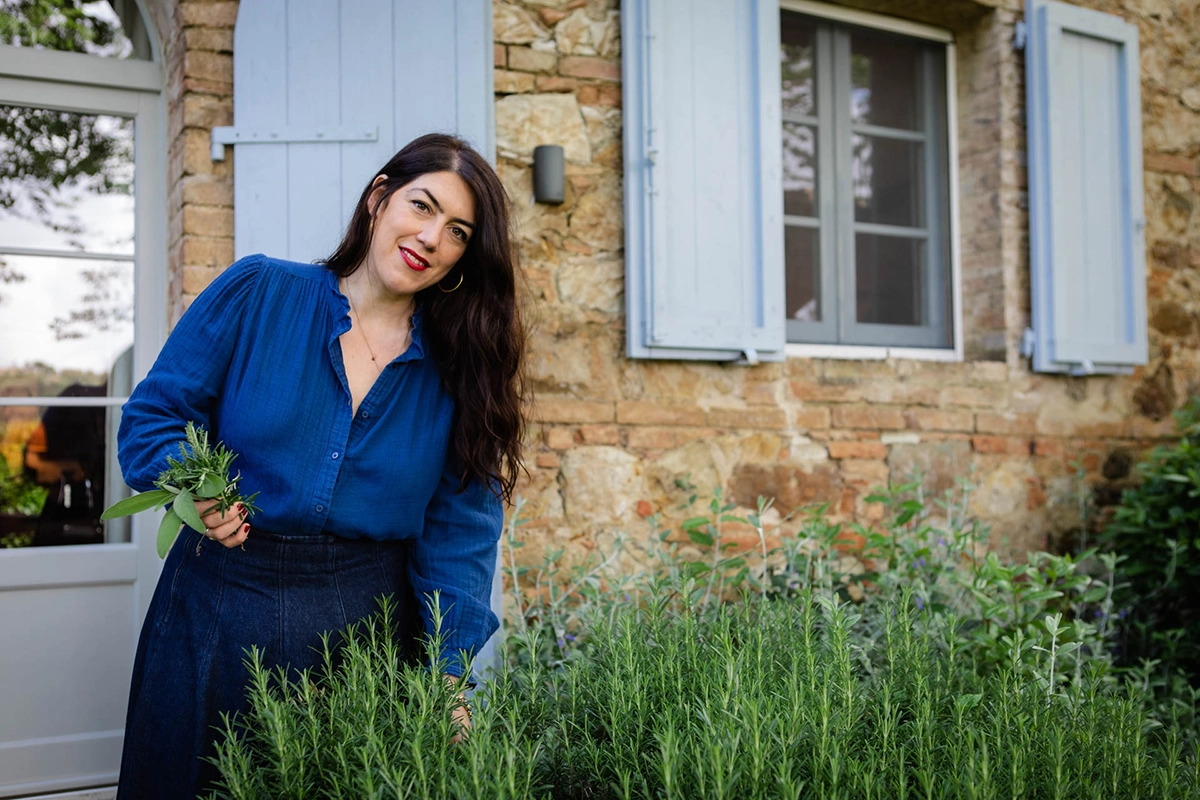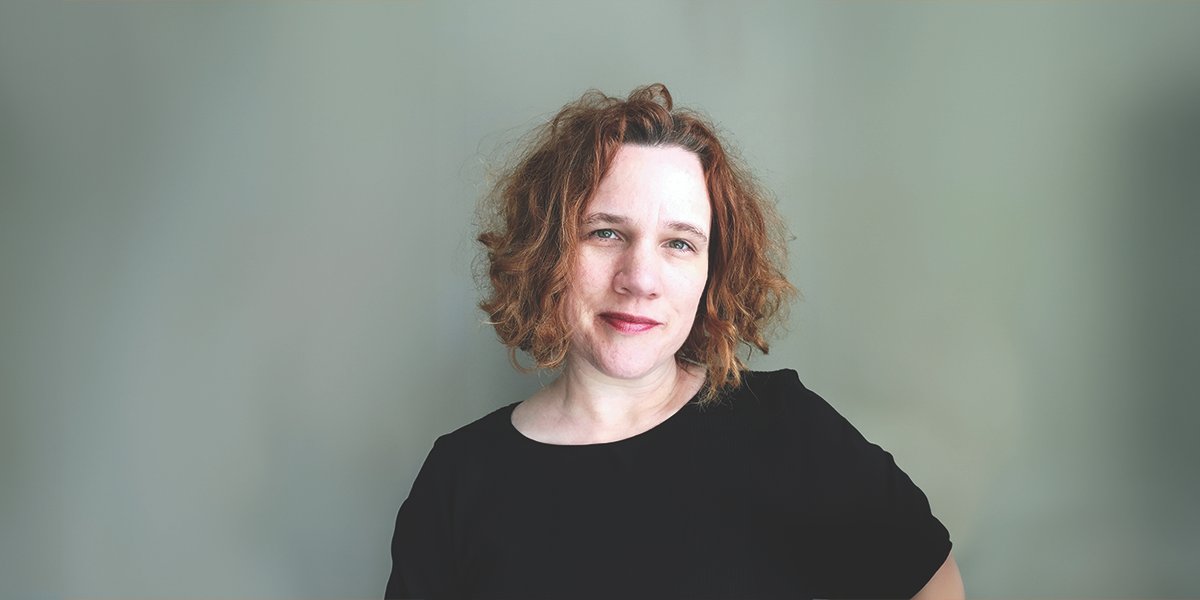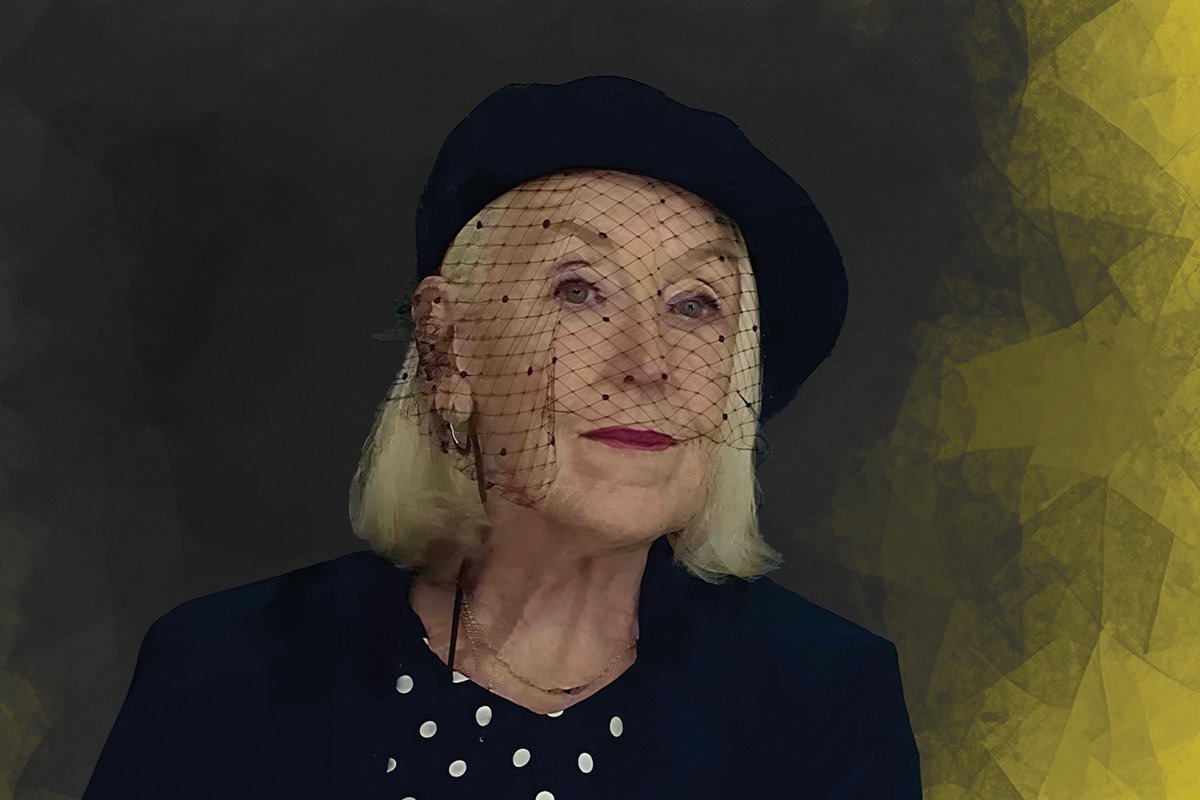Vladimir Kush redefines the boundaries of art through the interplay of metaphor, realism, and the subconscious
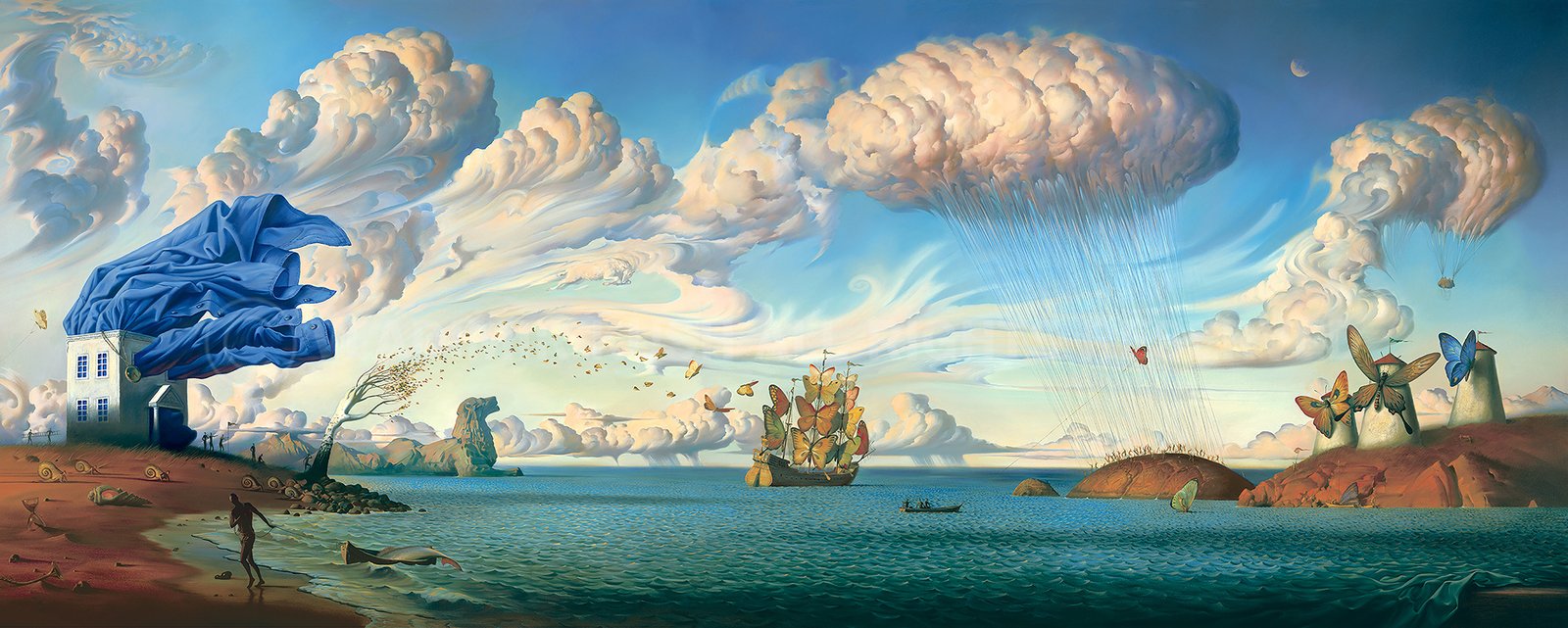
Exploring Metaphorical Realism
Vladimir Kush discusses his artistic journey, the significance of metaphors in his work, and how his unique style of Metaphorical Realism connects viewers to deeper emotional and cultural narratives.
Vladimir Kush is a visionary artist whose innovative genre, Metaphorical Realism, captivates viewers with its enchanting blend of realism and metaphor. Through his unique approach, Kush unveils the hidden connections between seemingly disparate ideas, inviting audiences to explore the depths of their own subconscious. His artistic journey—from creating portraits on the beaches of Santa Monica to establishing galleries worldwide—reflects not only a remarkable transformation but also a profound commitment to his craft.
Kush’s work stands apart for its ability to harmonize the romanticism of the surreal with the authenticity of the material world, challenging conventional perceptions and igniting the imagination. Drawing inspiration from both his heritage and the natural world, he has redefined the boundaries of art, showcasing pieces that resonate with emotional and cultural significance. With each stroke and sculptural form, Kush transports viewers to a realm where metaphors breathe life into art, creating an immersive experience that transcends time and place. His contributions to contemporary art are a testament to his extraordinary talent and enduring vision.
Vladimir Kush is a groundbreaking artist whose innovative approach transforms traditional art forms, offering profound insights into the human experience and creativity.
Vladimir, your art is recognized for pioneering the genre of Metaphorical Realism. Can you explain what Metaphorical Realism means to you and how it sets your work apart from other art forms like surrealism or realism?
There is always a connection. There is a link between any two ideas, no matter how seemingly wide apart. In fact, the more unconnected they appear, the greater the challenge and the thrill of bringing them together. Grasping the hidden likeness of things and holding on to it – this is “metaphorical realism.” The difference between “traditional” Surrealism and my style, “Metaphorical Realism,” is significant. Instead of distortion, common to Surrealism, my work reveals hidden or internal similarities of realistic objects “unusually” connected. In other words, I attire the romantic side with the surrealistic overview of the world. My style implies the possibility of truthful depiction of the material world and combines with it my own vision of cultural world traditions and mythology.
You’ve mentioned that metaphor plays a vital role in your artwork. How do you choose the metaphors that inspire your pieces, and what role does the subconscious play in your creative process?
My mission is to find a metaphorical “parallel” for every side of real life. The element of unexpectedness will shake up the viewer and awaken his artistic nature. I believe that the viewer’s insight comes at once. It is not about discovering something new. This concept is similar to that of Plato who believed there is an ideal world, a “cave” that human souls once dwelled in. The “cave” retained their core ideas of things after they left. Therefore, the insight that comes when viewing art is a recollection of that. My role is to stimulate this subconscious process of remembering through my art. To reflect the world in the mirror of the metaphor – this is my goal. Metaphor does not only belong to linguistic communication but can also be found in our daily life. Metaphor is the means of communication that we live by. First of all, the metaphor is aimed at the viewer’s feelings and subconscious. It gives full rein to imagination, as it is the imagination that creates the connections between two seemingly different things. “Imagination is more important than knowledge.
Your journey from drawing portraits on Santa Monica beaches to owning galleries worldwide is remarkable. What was the most challenging part of your artistic journey, and how did it shape your vision as both an artist and entrepreneur?
At the time when I was growing up in Moscow, I had access to classical art in the museums and to classical training in art school. In the 80’s there were many exhibits of contemporary art. On the other hand, my father and my uncle were collecting classical poetry and literature and wrote poetry themselves. The cultural values of my family and environment, and some cultural isolation from the western pop culture, had a certain impact on my choices. Vladimir Kush is one of the most original artists of our time. Through hard work and talent, he became the founder of a new genre of art known as – Metaphorical Realism – which is showcased throughout the world and in his own chain of galleries across the United States.
Since the early 90’s he transformed himself from a struggling artist who earned his living by drawing portraits on the beaches of Santa Monica, to a major artist recognized on both sides of the Atlantic. Vladimir’s American odyssey began in 1990 when he chose not to return to Russia and flew to Los Angeles. His first few years in the United States required a lot of perseverance and hard work. Finding oneself, the ebb and flow of artistic ideas, and the search for a style of your own is a long and winding path that remains hidden from the public eye. It runs in the dark, like the inner workings of the mind – the depths of subconscious – and must mature like a chrysalis on its way to becoming a butterfly. This is a critical stage of development during a formative time in the life of an artist. At the end of nearly a decade of unceasing effort in a foreign land, 1998 brought the starting point of Vladimir’s success as a professional artist and the founder of a new art style. By that time his most notable works – Wind, Fauna in La Mancha, Bound for Distant Shores, Nero, Sunrise by the Ocean, Music of the Woods, Candle, Atlas of Wander, and others – formed the defining examples of his method and laid the foundation for metaphorical realism.
In your work, you’ve created not only paintings but also sculptures, jewelry, and even interactive apps for children. How do you approach the process of translating your artistic concepts across different mediums?
The sculptures, Jewelry and Wearable Art allow me to add one more dimension to the existing ideas when it comes to the form. It is proven now that metaphors can exist not only in the form of words, but also 2-dimensional paintings, and 3-dimensional sculptures and jewelry.
You’ve cited Salvador Dali as an influence, alongside your father’s guidance in your early artistic development. How did your father’s background in mathematics and science shape your approach to art, and in what ways did Dali inspire your work?
My first teacher and inspiration was my father, although he was not a professional artist, but rather a specialist on differential equations. I started to draw while sitting on his lap. While I went to art school, I was inspired first by Renaissance art, then by Impressionism and finally, by Surrealism. Eventually, my artistic path took me to the French artist Claude Verlinde, whom I consider the greatest influence on my work. Many connect Surrealism with Salvador Dali. Most of Dali’s work was expressed in distortion, created in a time of wars, crisis and nuclear threat that imposed a “troubling sheen” and gloomy character on the Surrealist Movement. In contrast, for the first time in art history, I have introduced a fresh, positive side of Surrealism, expressed in an unexpected and original form that is in deep harmony with nature.
Your art has been showcased globally, from South Korea to Russia and the United States. How have your international experiences influenced your perspective as an artist, and what do you hope people from different cultures take away from your work?
No, that’s not the point. Inspiration can happen with external triggers for sure, but the source is inside you. Those who think outward experience is the key to acquiring ideas are wrong. If there is inner emptiness, the whole world cannot fill it. To “See the World in the Mirror of Metaphor”.

